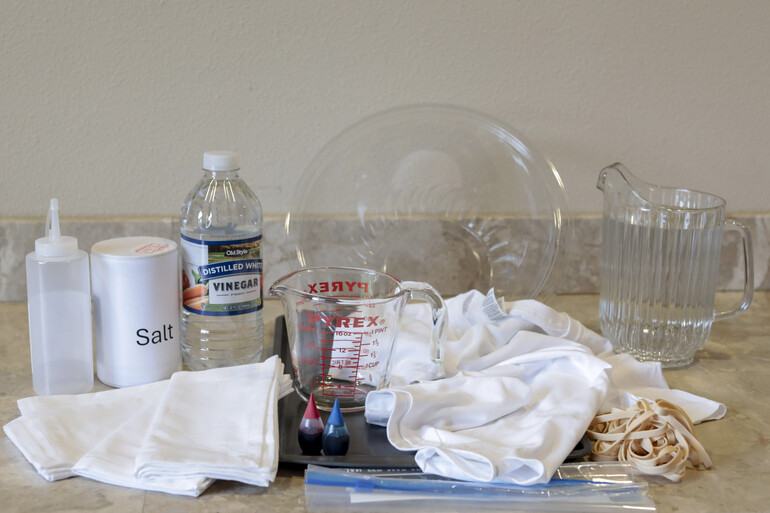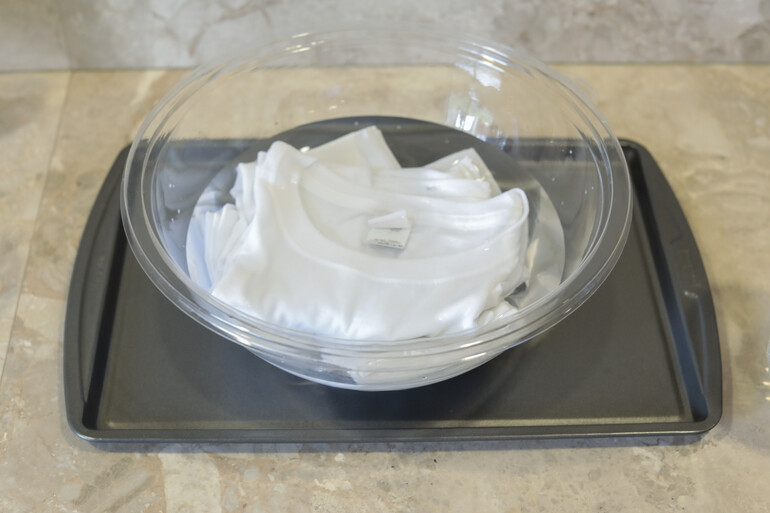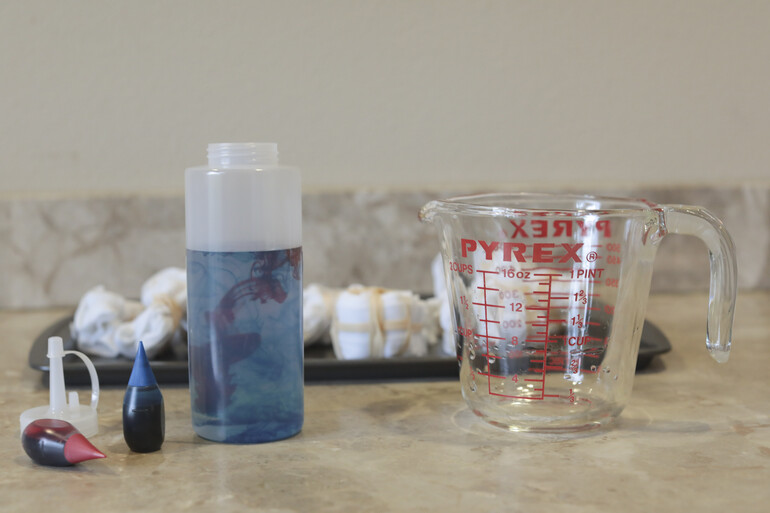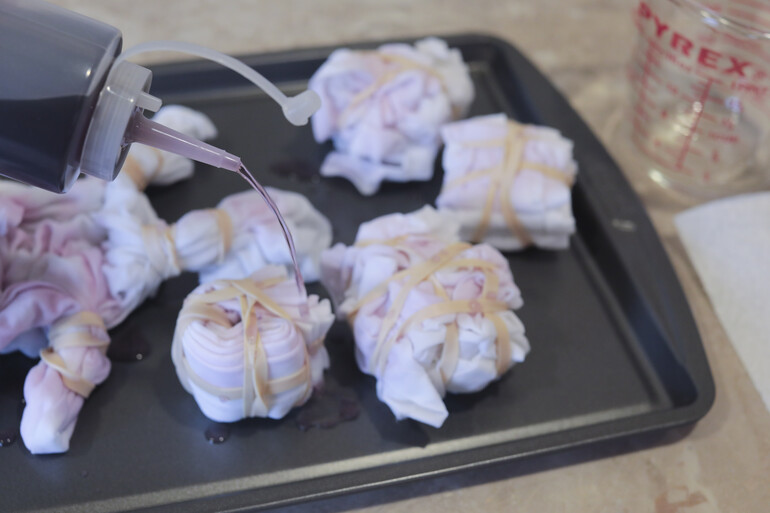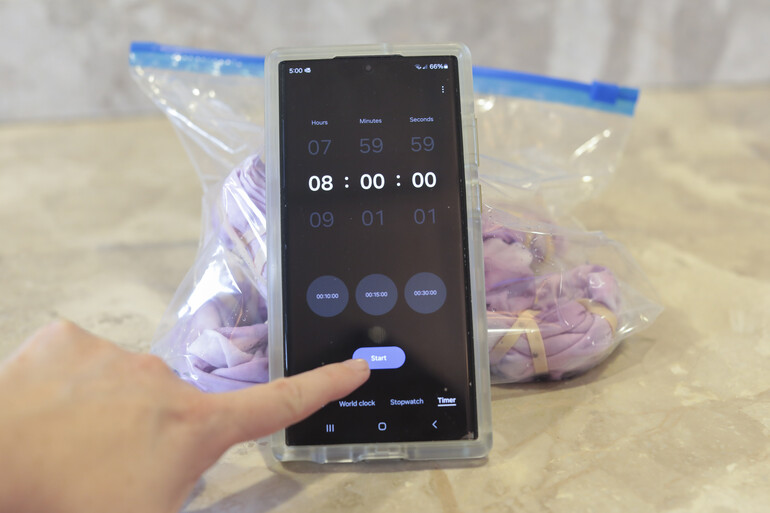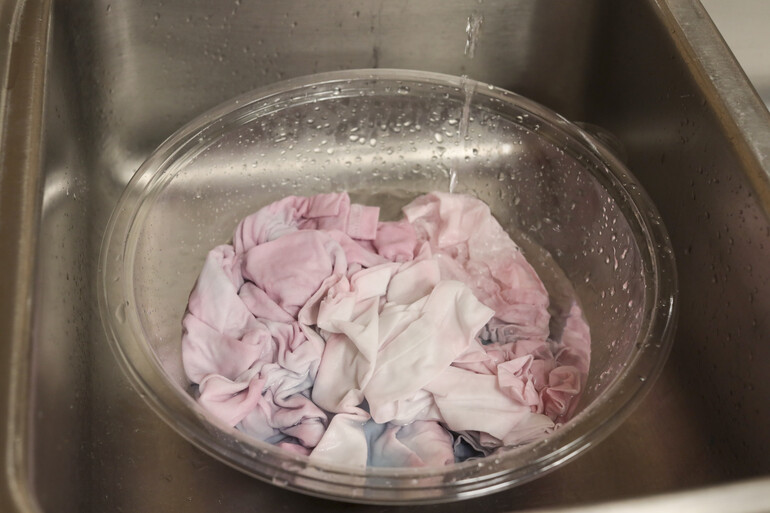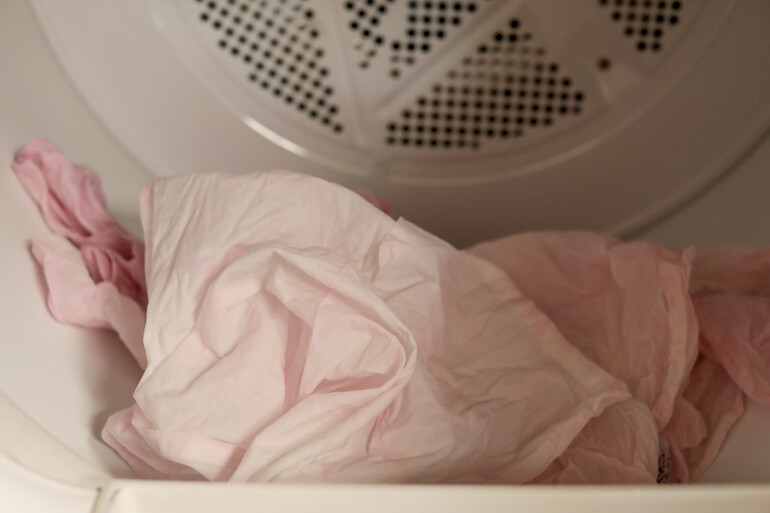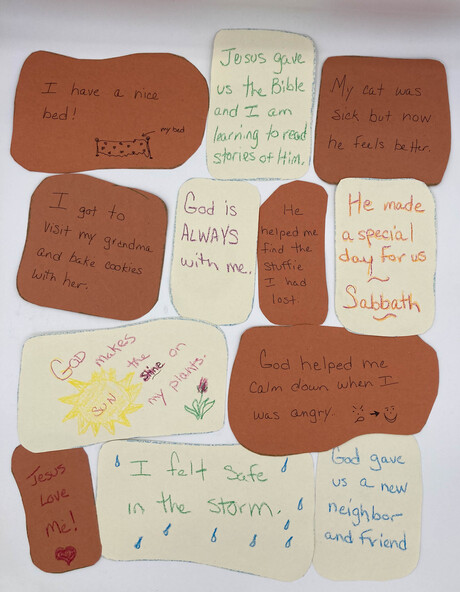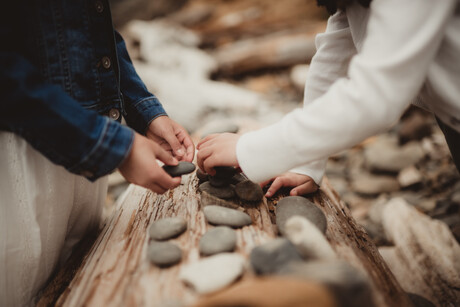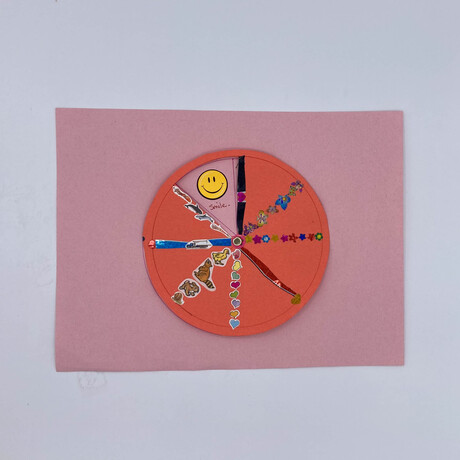Have you ever met someone new? Maybe you went to a new classroom or visited a new town. That’s what Paul and his friends did.
They went to a city they had never been to. It was Sabbath, and there was no church to worship in. Paul knew that small groups met in homes or by rivers, so he went out the city gate and walked along the river.
Paul and his friends wanted to share the good news about Jesus. They saw a group of women singing and praising God on the riverbank. Paul sat down and talked with the women. One of them was Lydia.
Lydia worshiped God, but she did not know about Jesus. God opened her heart to accept what Paul told her. She and all the people living in her house were baptized in the river.
Many people knew Lydia. She owned a business that sold purple cloth and dye. The cloth cost so much money that only rich people could afford it.
Lydia was also kind. She had Paul and his friends stay in her home. She helped them tell people about Jesus. Many people learned that God is love. Soon, her home became a worship center.
Paul was the new kid in town and Lydia welcomed him. They talked about Jesus and became friends.
Now think about a new kid coming to your school or Sabbath School class. Do you suppose they might need a friend? How can you welcome them?
You can be a good friend and a good leader like Lydia. Anyone — boy or girl, rich or poor — can be a worker for Him. He will help you tell others about Jesus and make friends for Him.
For family worship, you can read more about this story in Acts 16:11–15.
Make Purple Cloth
Lydia sold purple cloth. She got the purple color from snails found in the sea near her home. There’s a way for you to make purple cloth, too — without the snails!
You can tie-dye T-shirts, bandanas, napkins or any white fabric item using food coloring. Every time you wear or use your tie-dye creation, you can remember to be kind and tell others about Jesus, just like Lydia.
Step 1: Collect Supplies
Collect these supplies: white fabric items, vinegar, blue and red liquid food coloring, salt, a pile of rubber bands, a bowl, a squeeze bottle, a measuring cup, a rimmed cookie sheet, water, a zip-top bag and a timer.
You may also want disposable gloves and an artist’s smock to protect your hands and clothes from the food coloring.
Step 2: Prep Your Cloth
Place your cloth in a bowl. Pour one cup of vinegar and one cup of water over the cloth. If needed, add another cup of vinegar and another cup of water until the cloth is fully covered. Let it set for one hour. Then twist out the vinegar water.
Step 3: Create Your Design
Pinch, fold, twist, swirl or scrunch your cloth into different shapes. Wrap with at least three rubber bands. Anything covered by rubber bands will stay white. Need pattern ideas? Look online for inspiration and more tutorials.
Step 4: Start Dyeing
Place your prepped and banded cloth onto a rimmed baking sheet. Pour one cup of water into a squeeze bottle. Add one drop of blue food coloring and two drops of red food coloring. Shake gently to mix into a purple color. Squeeze the food color stain over the cloth. Make sure to get both sides. Want layers of purple coloring? Increase the amount of food coloring after squirting out each quarter cup of stain. Want to use multiple colors? You'll want one squeeze bottle per color.
Step 5: Prepare to Wait
When done staining your cloth, place it in a plastic bag and seal it shut. Ideally, place the bag in a sunny spot for 24 hours, or a minimum of 8 hours.
Step 6: Unveil Your Cloth
Remove the cloth from the bag, remove the rubber bands and unfold the cloth. Place the cloth in a bowl. Dissolve 1/2 cup salt in 1/2 cup water, then pour over the cloth. Dip the cloth up and down in the salt water a few times, then let it soak for five minutes. Pull out the cloth and wring out the salt water. Rinse the cloth under a faucet with cold water until the water runs clear. Wring out the cloth and toss it in the dryer.
Two notes: 1) Wash your tie-dyed cloth(s) by themselves for the first three washes. 2) Food coloring is an acid-based stain, not a dye. It will fade over time, especially with cotton fabrics.





